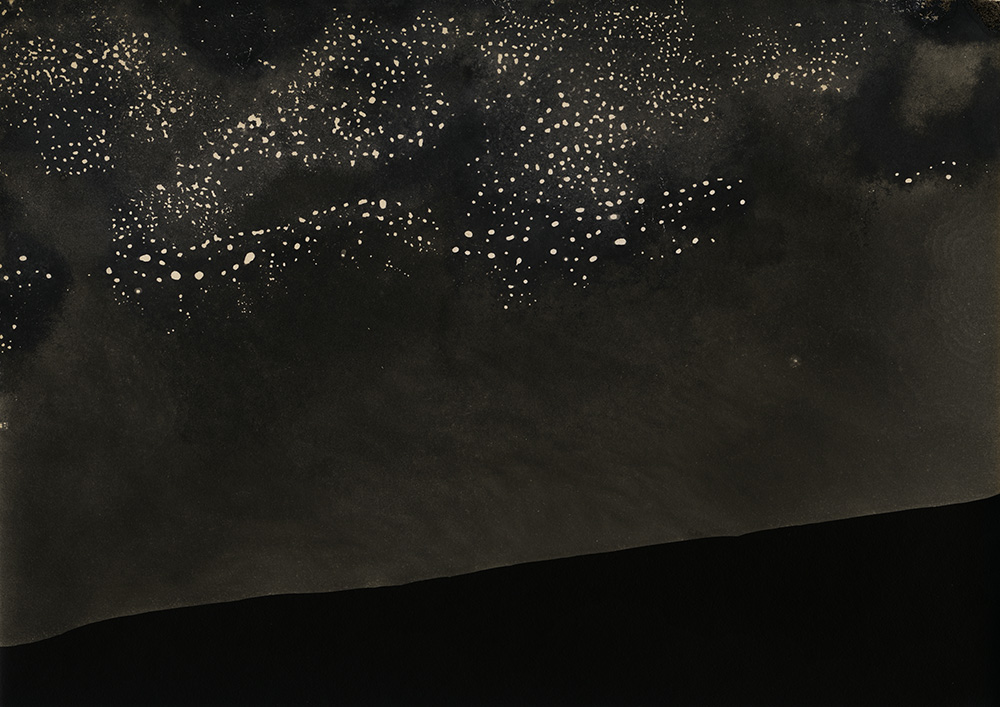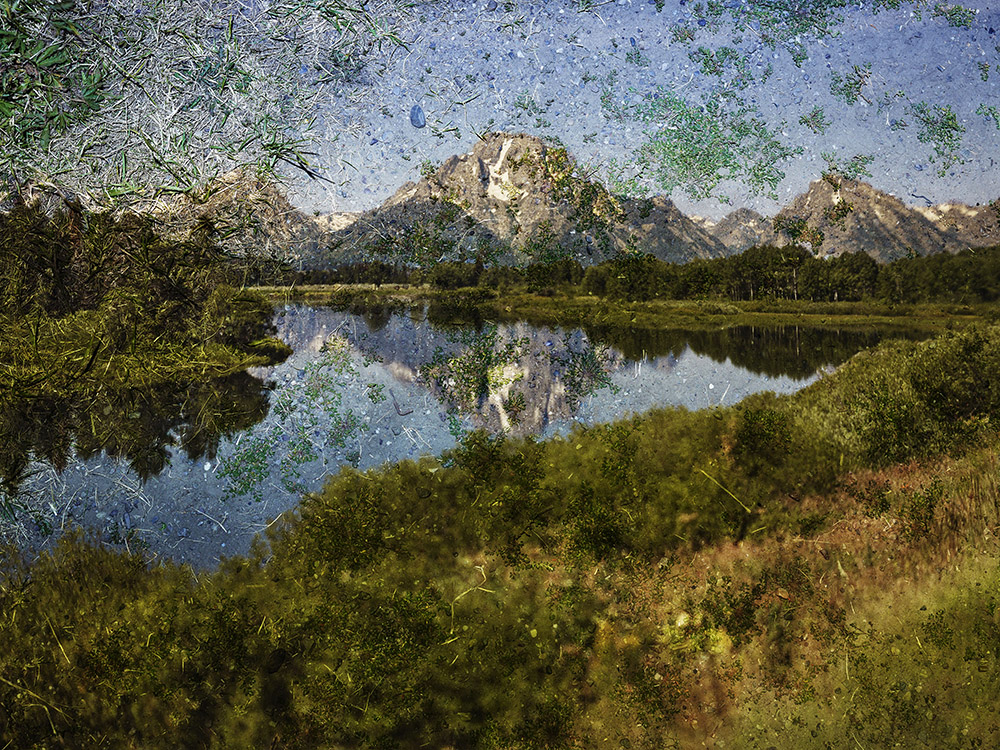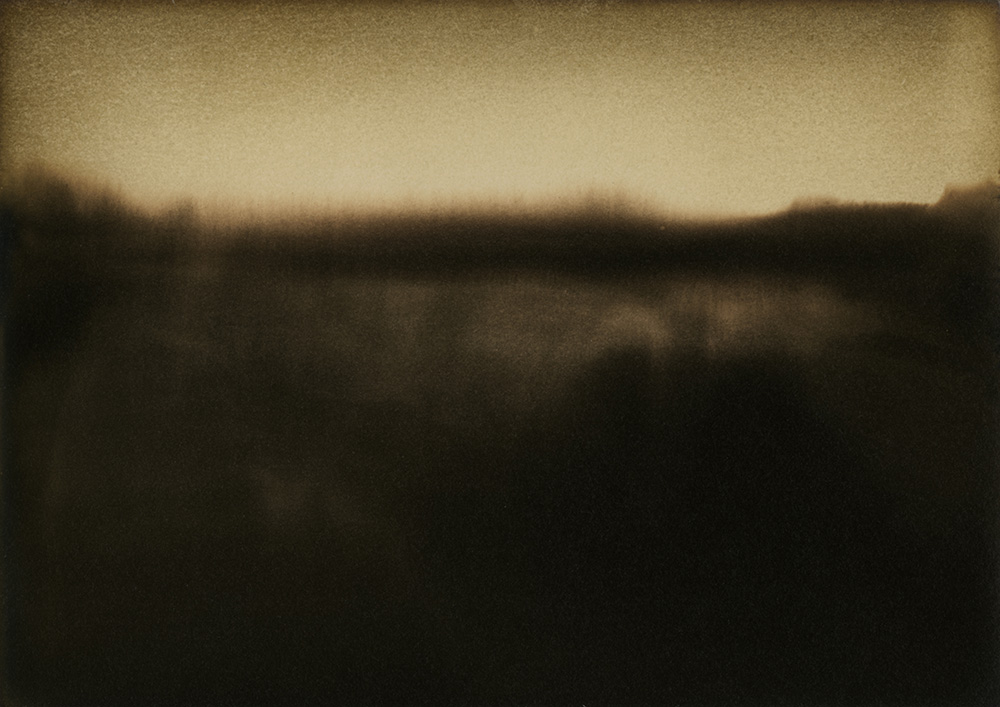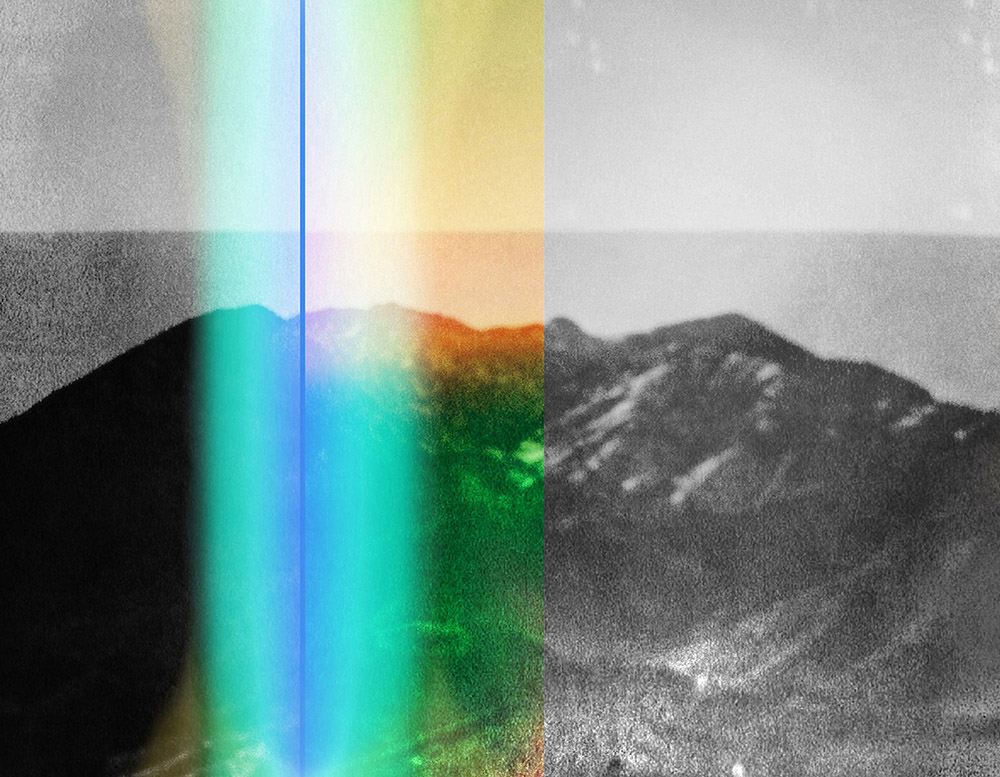PHOTO:New Territory-Landscape Photography Today
 Landscape has inspired painters in the past, also landscape was the canvas upon which created the most impressive and great works by the artists of Land & Earth Art. Also the nature’s materials were the main media of which created the Arte Povera. Landscape Photography is a favorite with professional and amateur photographers alike.
Landscape has inspired painters in the past, also landscape was the canvas upon which created the most impressive and great works by the artists of Land & Earth Art. Also the nature’s materials were the main media of which created the Arte Povera. Landscape Photography is a favorite with professional and amateur photographers alike.
By Dimitris Lempesis
Photo: Denver Art Museum Archive
How landscape photography has evolved today? The answer is given with the exhibition “New Territory: Landscape Photography Today” at Denver Art Museum. With 40 photographers and more than 100 photographs, from 2000 to today, explore how living artists stretch the boundaries of traditional landscape photography to reflect the environmental attitudes, perceptions and values of our time. As says Eric Paddock, the curator of the exhibition, “Things look very different in photography today. This exhibition investigates those changes in landscape photography and address current issues through the lenses of nearly 40 artists featured in the exhibition”. Calling his approach “A little bit messy and experimental” Matthew Brandt produces large-scale photographs through labor-intensive processes recalling the 19th-century origins of photography, often incorporating the physical matter of the subject itself. Attuned to the history of his medium, its resolute physicality and inspired by classical American landscape photographs, Brandt traverses the West, photographing and collecting material samples from nature and cities. The artist creates intrigue through his highly experimental, site-specific work. Using environmental elements such as sand, lake water and soil, he creates imagery reminiscent of the sites where he stood to make his pictures. Renowned for his camera obscura works, Abelardo Morell has over the years perfected the technique and continues to use what is fundamentally one of the oldest, most primitive ways to make an image. The passage of time and capturing it in a photograph has long fascinated him. Morell deftly balances a philosophical approach with a scientific rigor, and honoring a Modernist tradition, he continues to experiment, creating collages, cliché verre on glass, and for his camera obscura works, adapting a tent so that he can take the images outdoors. The effects of these images hark back to Impressionist painting where famous vistas are juxtaposed with unexpected, nontraditional surfaces, a marriage of two outdoor realities. Cameraless photographic processes in art are not new. Avant-garde masters Moholy-Nagy and Man Ray were two of the first artists to make photograms in the early 20th century. In 2007 Alison Rossiter purchased a box of silver gelatin print paper, stamped with an expiration date 1/5/1946. Intending to make photograms she headed into the darkroom to make a test print. What emerged on the paper as she moved it through the developer, stop, and fix, she describes as a beautiful Vija Celmins-like graphite drawing. The world of digital landscapes shapes the work of artists such as Penelope Umbrico, who uses historic masterworks of photography and simulates traditional film photography mistakes to produce vividly colorful images. Denver photographer Sami Al-Karim uses a unique composite process to recreate imaginary landscapes of vast skies, bodies of water and terrains that he dreamed about during his imprisonment in his Iraqi homeland. For more than two decades, David Maisel has photographed civilization’s aggressive advance across the American landscape. The sites he has pursued, the subjects he has discovered, and the abstract beauty he has confronted are all the more unfamiliar and disarming because of their aerial perspectives. “The Lake Project” documents David Maisel’s work around Owens Lake. This arid expanse, located just east of the Sierra Nevadas, is for the most part a desiccated bed of mineral deposits. Drained for the water needs of Southern California, it now contributes carcinogenic particles to the atmosphere.
On Presentation are works by: Clifford Ross, Sharon Harper, Abelardo Morell, Penelope Umbrico, Sally Mann, Alison Rossiter, Matthew Brandt, Andrew Beckham, Dornith Doherty, Elena Dorfman, Paula McCartney, Gregory Crewdson, Nate Larson & Marni Shindelman, Mark Ruwedel, John Chiara, Jennifer Colten, Gary Emrich, David Maisel, Meghann Riepenhoff, Chris McCaw, Richard Misrach, Jungjin Lee, Adam Jeppesen, Marco Breuer, Robert Voit, Ursula Schulz-Dornburg, Andreas Gursky, Sonja Braas, Sandra Kantanen, Jaakko Kahilaniemi, Riitta Paivalainen, Santeri Tuori, Edward Burtynsky, Toshio Shibata, Shimpei Takeda, Dan Holdsworth, Richard Mosse, Valérie Anex, François-Xavier Gbré, and Sami Alkarim.
Info: Curator: Eric Paddock, Denver Art Museum, 100 W 14th Avenue Pkwy, Denver, Duration: 24/6-16/9/18, Mon-Thu & Sat-Sun 10:00-17:00, Fri 10:00-20:00, https://denverartmuseum.org









